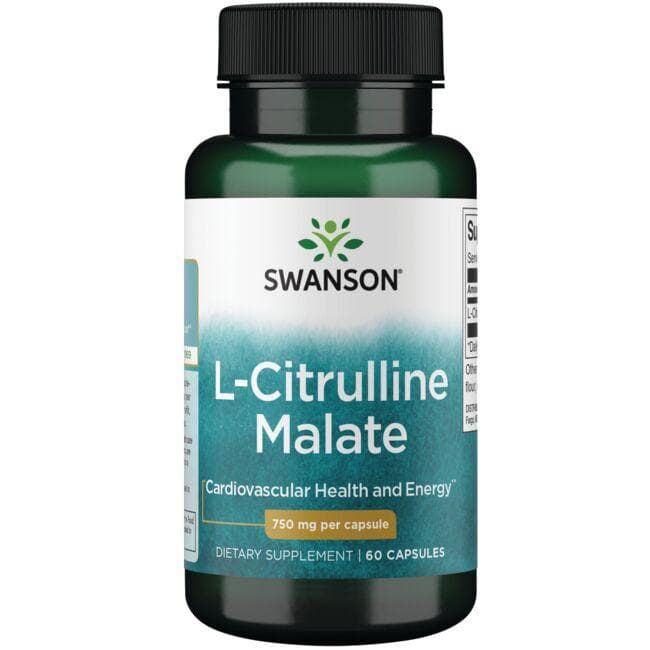

- Contributes to nitric oxide production
- Maintains healthy blood circulation and active aging
- Promotes energy production and athletic performance
- Complexed with malate, a form of malic acid, for better absorbability
You know watermelon is a tasty summertime treat, but did you know it’s also one of nature’s best sources of citrulline? Unfortunately you’d have to eat several pounds of watermelon every day to reap the benefits. Just what is citrulline though? It's bursting onto the fitness scene in a big way, helping people of all ages break through the boundaries of personal health and fitness. L-citrulline is active in both the Krebs cycle and the Urea cycle of metabolism, which means it promotes energy production to fuel activity while simultaneously helping to rid the body of metabolic waste products, helping to promote muscle recovery after exercise1. The addition of malate, a form of malic acid, further bolsters the bioavailability of L-citrulline.
L-citrulline is an amino acid precursor to—and more efficiently absorbed by the body than—arginine which in turn produces nitric oxide. Nitric oxide works to deliver oxygen and other nutrients throughout the body to feed muscles and tissues. This is especially beneficial during high-intensity exercise, and may also help maintain blood pressure already within the normal range2, support men’s sexual health2, and encourage active aging by promoting cardiometabolic health in older adults3.
Sources
- Farney, T, et al., Journal of Strength and Conditioning Research 33(9):p 2464-2470, September 2019. | Read more.
- Neri, L. Examine.com, accessed 10 June 2025
- Allerton TD, et al. Nutrients. 2018 Jul 19;10(7):921. Read more.
These statements have not been evaluated by the Food and Drug Administration. This product is not intended to diagnose, treat, cure, or prevent any disease.
Choose options


